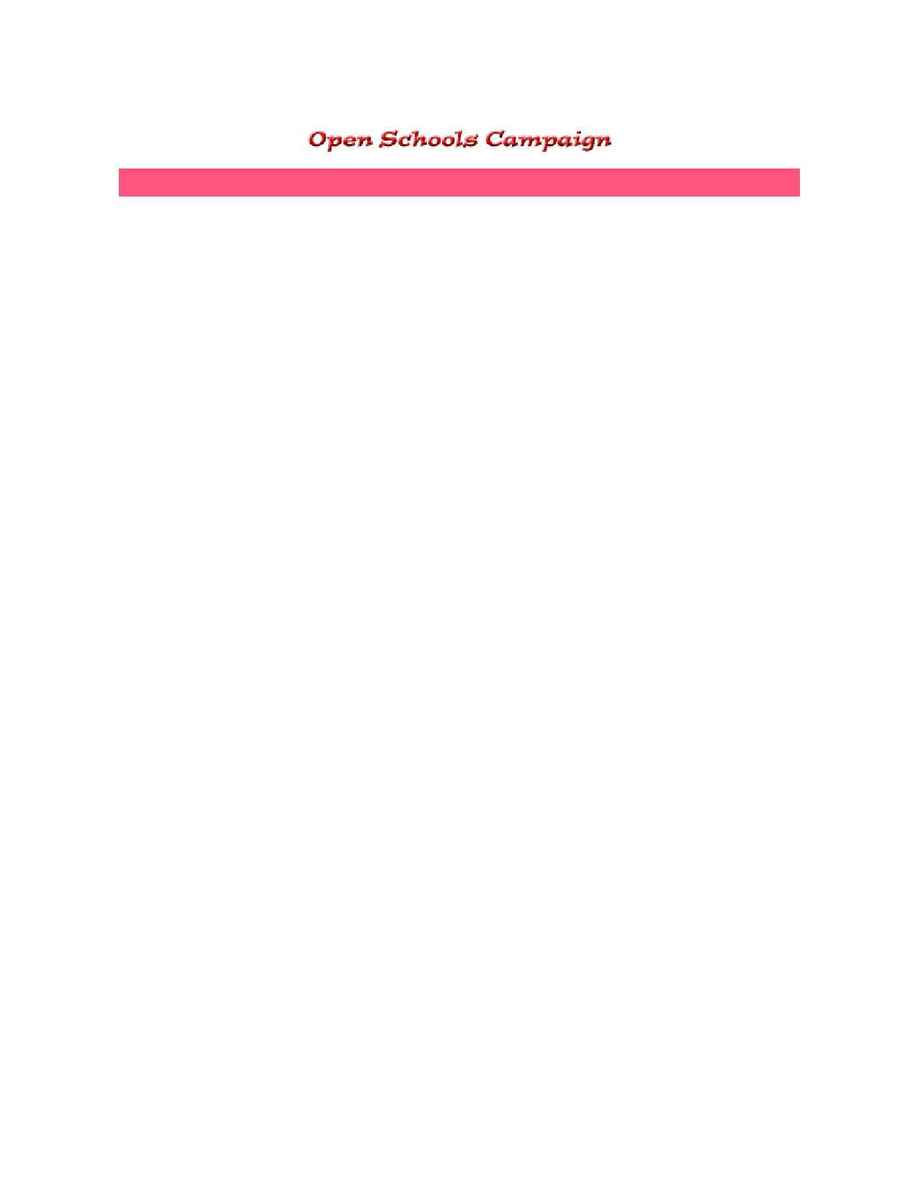
(Continued from page 23)
staging demonstrations.
In March of 1988, a dispute took place between a group of students from the Rangoon
Institute of Technology (RIT) and some local youths nearby the campus that was re-
solved unjustly by the authorities. Students from RIT were outraged with the authorities
came together on the campus to protest. Instead of resolving the conflict, the riot police
surrounded the campus without any just cause and opened fire into the student crowd.
Several students including Ko Phone Maw and Ko Soe Naing were killed as a result. This
incident eventually led the students all across the country to join hands and call for the
end of military dictatorship and for democracy and human rights. Sooner people from all
walks of life also joined the students' call for a General Strike on 8.8.88 (known as the
four eights) and peaceful demonstrations spread all over the country.
However, another generation of military came into power in September 1988 and bru-
tally crushed down the demonstrations by killing more than three thousand peaceful
protesters including young children. Thousands of students were detained, imprisoned
or vanished without a trace. Thousands went into exile crossing the borer of neighbour-
ing countries, in order to keep up with their fight for democracy and human rights. The
military regime currently known as the State Peace and Development Council (SPDC)
called for a multiparty democracy and held general elections in 1990. However, to this
day the SPDC refuses to honour the election results in which the National League for De-
mocracy won the majority with 82% of the seats.
Universities were closed in June of 1988. They were re-opened in September 1991, so
the high school graduates of 1987-88 were allowed to attend classes. However, a strike
on December 11, 1991 in support of Daw Aung San Suu Kyi receiving Nobel Peace
Award again led to the closure of universities. In June of 1992, students from the class
of '91 were allowed to take their exams, but as soon as the exams were over, the
schools were closed again. Towards the end of 1992, universities were opened again but
only for four months. In order to get through as many delayed students to graduate; the
school term of one year was shortened to a mere four-month period. The educational
standard was seriously comprised as a result.
After the water festival of April 1993, universities were reopened in order to allow the
high school graduates of 1991 to attend the university but as before, after four months,
the school term was over for the whole year. Like its predecessor, the 1994 1995
school year lasted only for four months and then the Institutions were closed again.
When the military opened the universities in September of 1996, students protested
against the unstable education system as well as to request for students rights to be
safeguarded by the students unions. This time the students' activism went on until De-
cember 12, 1996 when the military regime crushed the protests and again closed the
universities. From 18
th
to 25
th
August 1998, the junta ordered the students to take an
exam in the townships, but not at the school. Several hundreds of students staged
strikes on August 14, but the exams were carried out. Fearing protest from students,
the military has closed the universities, which remains shut to this day.
************
Campaign Committee for Open School - Statement 1/2000
24
